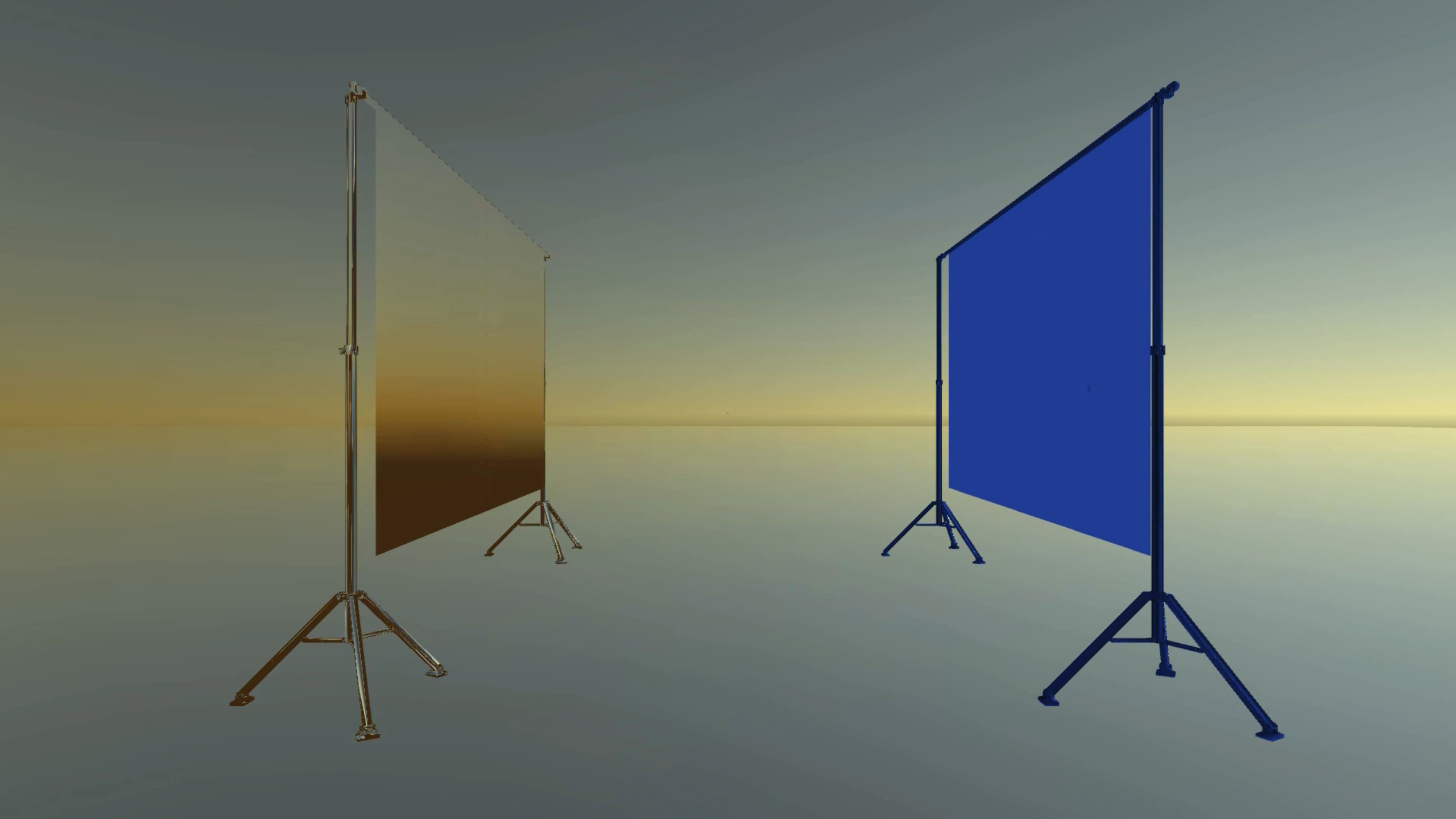To date, the UAL Art Collection is comprised of over 850 student artworks from across the University’s six colleges, a number that grows each year as students complete their studies. Earlier this month, Lucie (UAL Art Collection Coordinator) introduced a selection of the University’s most recent acquisitions.
As part of my Bridging the Digital Gap traineeship, I had the opportunity to apply my learning around digital preservation whilst supporting collections care for the UAL Art Collection. Working with Lucie and Elisabeth (Digital Preservation & Access Manager), I researched a selection of born-digital artworks from the UAL Art Collection and drafted preservation plans for their long-term care. The artworks I selected to explore in detail were Rhian Spencer’s Black Faces in White Spaces (2016), Léa Porré’s Royalist Dream (2018) and Yuxuan Xue’s Let Them Eat Cake (2019).
Follow us
Contact us

Caring for born-digital artworks requires additional and, at times, fundamentally different considerations from their paper-based and analogue counterparts because born-digital artworks are vulnerable in different ways. Where paper-based and analogue material may be threatened by environmental conditions (e.g. heat, water-damage, mould, etc.), digital material is additionally at-risk for bit rot, file corruption, storage media failure, as well as hardware and software obsolescence. The more we know about each of these born-digital artworks early on - such as how they were created, how their creators wish for them to be engaged with and which technical dependencies they rely on - the better equipped we are to flag-up preservation concerns, strategise in accordance with existing knowledge and avoid unwelcome surprises in the future.
To guide our research into Spencer, Porré and Xue’s artworks, Elisabeth created a ‘Preservation Planning Checklist’. The document asks key questions falling under the following categories:
- catalogue status
- access specifications
- related software (for creation)
- privacy/security
- transfer history
- storage status
- file analysis
- software/hardware dependencies (for access)
Whilst many of these questions pertain to non-digital artworks as well, some are essential specifically to the care of born-digital material (e.g. file analysis, software/hardware dependencies). Use of this Checklist serves multiple functions that support digital preservation activity; through it, we can collate administrative and technical metadata, outline preservation concerns and record any immediate actions taken in response to concerns.
To populate the Preservation Planning Checklist, I began by consulting existing catalogue metadata and any associated documentation, such as accession forms. Completing the Checklist also gave us an opportunity to record rich insights drawn from Lucie’s relationship with the artists as Collections Coordinator, information which often exceeds the scope of basic cataloguing and accessioning standards. Lucie described the nuanced contexts in which the artists produced and exhibited their artworks, sharpening our understanding of each artwork’s ‘significant properties’ in accordance with its creator’s wishes.

When it came to responding to more technical aspects of the Preservation Planning Checklist, using file analysis tools such as DROID (Digital Record Object Identification) and MediaInfo gave us a better understanding of what each artwork was ‘made of’. These file analysis tools report on technical characteristics of digital files, providing information such as size, format and codec. Similar to how a conservationist might like to know the material composition of paint used by an artist to inform a painting’s long-term care, knowing how a born-digital moving-image artwork’s video file has been formatted and encoded helps inform preservation planning for the moving-image work. Equipped with this technical information, we looked at experiences from practitioners in related fields, as well as resources such as The National Archives’ PRONOM format registry (which DROID is built off of), the Library of Congress’ Sustainability of Digital Formats Site and the Open Preservation Foundation’s Format Risk Registry. Surveying these resources supported us in identifying broader preservation risks, particularly in relation to potential technical obsolescence.
However, the reality remains that each of these artworks is imaginative, unique and often experimental in approach, and there is seldom documented ‘best’ practice or existing precedence. Last year, in her blog on Dom Biddulph’s VRchway, Judy Willcocks from CSM Museum wrote about how student artworks resist standardised workflows undertaken in curatorial practice. The same is true for standardised workflows in digital preservation: these born-digital artworks are decidedly non-standard digital objects that challenge digital preservation practice as much as they challenge artistic practice. When it comes to their long-term care, there is no one-size-fits-all preservation strategy. Whilst on the one hand, this idiosyncrasy makes preservation planning granular and complex, it also brings together a broad range of knowledges (artistic, curatorial, archival, technical) to think through preservation practices differently.
For any enquiries relating to these works or the UAL Art Collection in general please contact Lucie Pardue by emailing l.s.pardue@arts.ac.uk.
Banner image: Still from ‘Royalist Dream’ (2018), Léa Porré. UAL Art Collection UAC 934.


